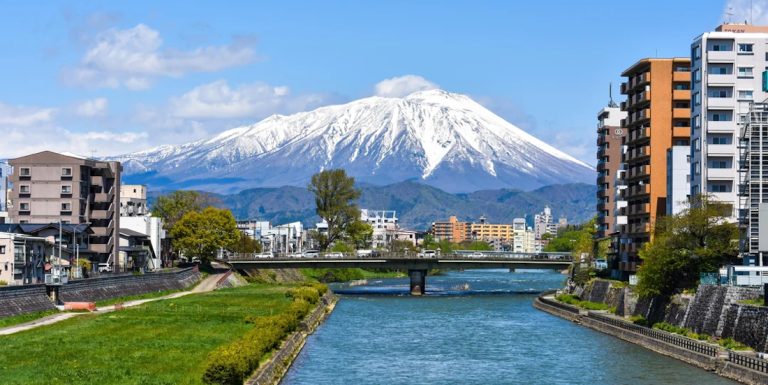
Discovering authentic Japanese life beyond Tokyo’s bright lights through immersive education and unexpected human connections
Tokyo — The train from Tokyo gradually slowed as it approached Morioka Station, carrying me toward an experience that would fundamentally reshape my understanding of Japan.
As a college junior, I would soon spend two semesters at the prestigious Waseda University in Tokyo‘s bustling metropolis. But this first semester would be different—profoundly so. I was in Tōhoku.
The Earlham College program in Iwate-ken promised something Tokyo couldn’t: authentic immersion into rural Japanese life. Six American students, myself included, would spend five months living with host families while teaching English at local junior high schools. It was 1980, and Japan was still largely closed to foreign influence outside major cities.
Living Among Samurai Descendants
My host family’s home in Morioka stood as a testament to old Japan. The vice-mayor of the city, my host father commanded respect throughout the community. Their residence, surrounded by meticulously maintained gardens and koi ponds, embodied the aesthetic principles that have defined Japanese architecture for centuries.
Inside, ancient samurai armor gleamed from display cases—tangible connections to the family’s noble lineage. The weight of history permeated every room, from the traditional tatami mats to the ceremonial tea sets that emerged for special occasions. My host mother, elegant and patient, would later accompany my awkward rendition of “Sakura” on piano for a NHK documentary crew, transforming what felt like cultural performance into genuine cultural exchange.
The family’s generosity extended beyond material comfort. They offered something far more valuable: patient guidance through the labyrinth of Japanese social customs. Every meal became a lesson in etiquette, every conversation an opportunity to practice honorific language forms that distinguished between social hierarchies.
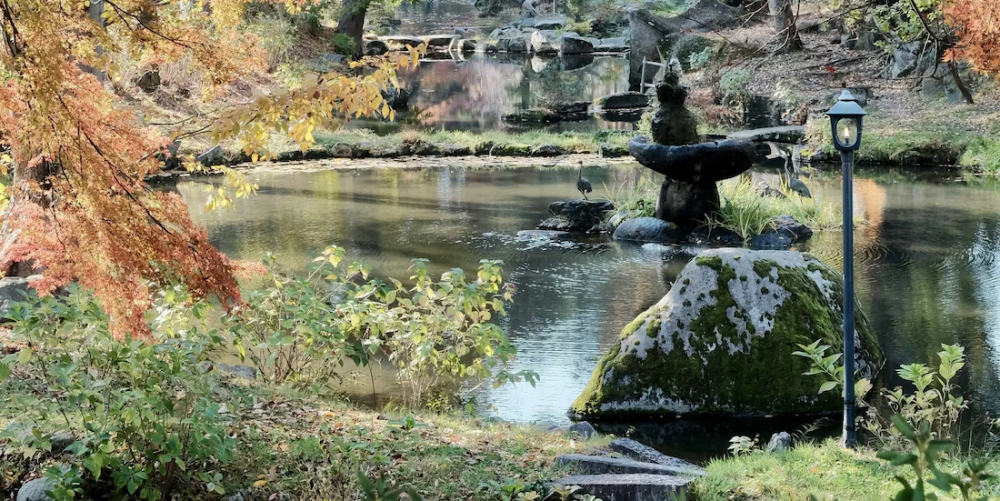
Teaching English, Learning Humanity
Three days each week, I donned my embroidered athletic uniform—my name stitched proudly on the front, the school’s characters emblazoned on the back—and entered the world of Japanese public education. The junior high school buzzed with energy that transcended language barriers.
However, one interaction haunts me still. A teacher, leaning close with conspiratorial whispers, advised me to ignore a particular student whose grandparents had emigrated from Korea. The prejudice was casual, matter-of-fact, and deeply troubling. This young boy, indistinguishable from his classmates in appearance and behavior, had been marked as “other” by historical animosities I was only beginning to understand.
Instead of complying, I made a point of engaging with him. We practiced English together, and his face lit up with the same enthusiasm I saw in every student. That small act of defiance taught me more about the complexity of Japanese society than any textbook could.
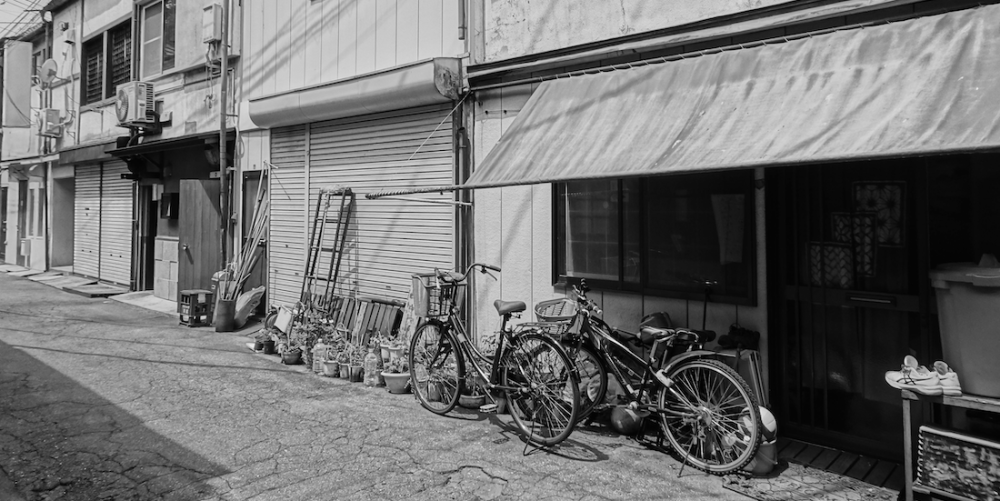
Exploring Japan’s Northern Frontier
Morioka revealed itself slowly, like a photograph developing in a darkroom. Riding my bicycle through narrow streets—remembering to stay left, British-style—I discovered a city where tradition and modernity coexisted in surprising harmony. Ancient temples stood next to contemporary shopping centers, while elderly women in kimonos shared sidewalks with teenagers in Western fashion.
The rhythm of daily life in Iwate-ken differed markedly from Tokyo’s frenetic pace. Here, shopkeepers knew their customers by name. Neighbors bowed respectfully when passing on the street. The seasons changed visibly—spring cherry blossoms giving way to humid summers, then brilliant autumn foliage painting the mountainsides.
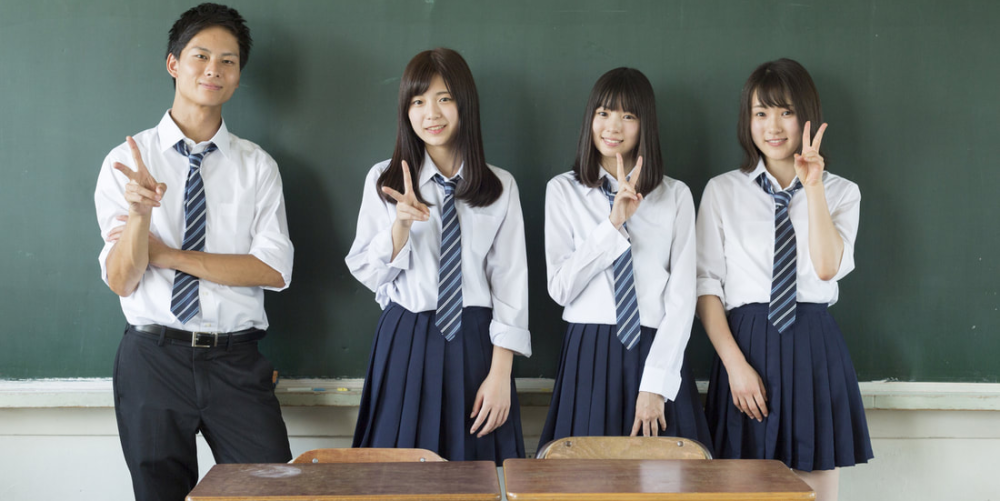
Mountains and Hot Springs
Our program’s most memorable adventures took us beyond the classroom. Climbing Mount Iwate, the prefecture’s namesake peak, provided panoramic views of northern Honshu’s rugged landscape. The mountain, dormant but imposing, served as a spiritual anchor for the region’s residents.
Equally transformative were our visits to the regional onsen—natural hot springs that Japanese culture has elevated to ritual significance. These communal baths, heated by volcanic activity deep underground, offered more than physical relaxation. They provided spaces for vulnerable conversation, where social barriers dissolved in mineral-rich waters.
Soaking in outdoor pools while snow fell gently around us, I understood why onsen culture persists in modern Japan. These moments of collective quietude create bonds that transcend language and cultural differences.
Lasting Connections

The NHK documentary crew captured our experience for Japanese audiences, but their cameras couldn’t record the program’s deeper impact. Living with a host family, teaching eager students, and navigating daily life in a language I was still learning—these experiences fundamentally altered my worldview.
My host family’s warmth and patience introduced me to concepts of hospitality that extended far beyond mere politeness. They demonstrated how genuine cultural exchange requires vulnerability from both sides—the willingness to be awkward, to make mistakes, and to learn from them.
Decades later, I still remember the taste of my host mother’s homemade miso soup, the weight of responsibility I felt when students struggled with English pronunciation, and the quiet satisfaction of successfully navigating Morioka’s streets without consulting a map.
The Gaijin’s Perspective
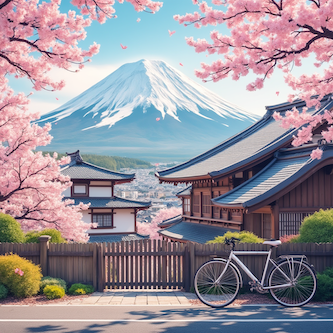
Being a gaijin—foreigner—in rural Japan during the 1990s meant constant visibility. Every public appearance became a cultural moment, every interaction a potential bridge between worlds. The NHK documentary, while somewhat embarrassing in retrospect, served an important purpose: showing Japanese audiences that young Americans could appreciate and respect their culture.
That experience in Morioka taught me that authentic cultural understanding requires more than tourism or academic study. It demands sustained engagement, daily vulnerability, and the courage to challenge prejudices—even when they’re presented as social norms.
College Student’s Journey in Northern Japan’s Cultural Heart (June 20, 2025)
Audio Summary (75 words)
A college student’s transformative five-month experience in Morioka, Japan, through an Earlham College immersion program. Living with a prominent samurai-descended family, teaching English at local junior high schools, and navigating rural Japanese culture in the 1990s. The program included climbing Mount Iwate, visiting hot springs, and confronting social prejudices. Despite awkward moments like performing for NHK television, the experience provided authentic cultural exchange and lasting connections that shaped the author’s worldview permanently.